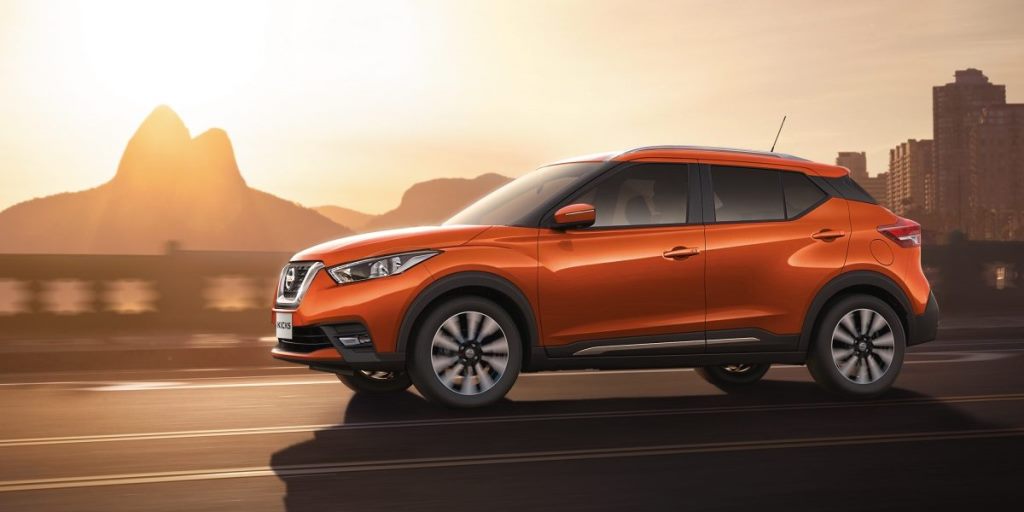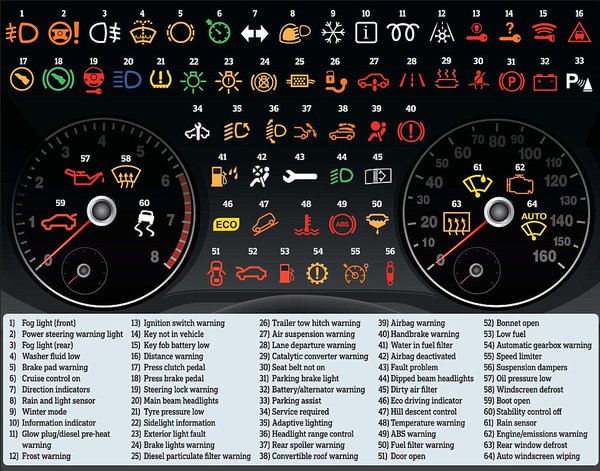 This morning I received information that states, “Women have a 64% say in the purchase of a new family vehicle.” It seems obvious to us but there are still people in society that feel or want men to make the decisions of what car we should be driving. Some of this is down to stereotypes but I find that in the past, women didn’t feel they had enough experience or knowledge of cars to make a decision on such an important purchase - this is most definitely changing. When Nissan contacted me and asked if I would like to review the new Nissan Kicks, I did some research and realised there was some definite thought for the female driver when designing this car. As a woman, our main concerns are safety, efficiency and style and the Kicks ticks all these boxes. Much like it’s big brother, the Qashqai, the sleek and attractive design has the hidden benefit of advanced aerodynamic engineering which optimises fuel efficiency and minimises wind noise. What does this mean? Less time cueing at the fuel station because you’ll now travel further between every visit and better chat with your young family or bubbly girl friends because the conversational ability in the cabin improves with the reduction in road noise. The new Nissan Kicks offers some invaluable equipment for the modern woman including, an Around View Monitor and Moving Object Detection systems that uses four integrated cameras to show an overall view of the car on a large clear and centrally positioned screen. There are also visual and audible warnings to alert the driver in case of any unseen dangers, which lets face it, is perfect in a busy city like Dubai. Also available are Chassis Dynamic Control, Active Trace Control, Active Ride Control, and Active Engine Braking. Kicks is the first vehicle in its segment to offer these key innovations. Does anyone know what these are? Check out my YouTube channel for a full explanation in Feature, Function, Benefit. Looks is one thing but what about practicality and space? Well, there’s a surprising amount of space in the front and rear. More than enough for four adults and incredibly plentiful for your little ones too - despite the styling giving it the appearance of the reverse. The boot’s also spacious, measuring 432 litres which is big enough for a number of bags, a stroller or a set of golf clubs, not to mention designer shopping bags! What is it like behind the wheel? To be fair, this is an easy car to drive and if you’re not into performance and motor racing, you won’t have any issues. I personally dislike all CVT’s (continuously variable transmission) because they me of a food blender on high power…. but for your entire drive. As I said, its not going to affect you if your car is for driving from A to B, it only becomes an issue if your passion develops into high performance vehicles with little space for the kids and big bills at every service. Unfortunately, I’m there! So what’s my initial verdict? Well, don’t tell anyone at Nissan but, I like this car more than the Juke. It’s spacious with compact dimensions for easy to manoeuvre and park city driving and has a high seating position, giving you the safe feeling and all round visibility of an SUV. Want to find out more? Subscribe to my YouTube channel to watch the full review or visit facebook and join our women only group. Modern cars are filled with electronics and packed with sensors to monitor both how your vehicle is behaving and to make our motoring life easier.
But when something does go wrong, it can be a difficult task trying to work out exactly what that warning light flashing away on your dashboard is trying to tell you. It’s important to know what the car dashboard warning lights actually mean, though, not least because they can pre-empt a car break down or full-on failure, potentially saving you from an expensive repair bill and meaning you stay safer on the roads. Here's a quick guide to give you a run down of the lights and what they mean. Saudi Arabia surprised the world with a long-overdue royal decree this week: Women would finally be granted Saudi driver’s licenses in June 2018, ending the kingdom’s infamous de facto ban on female drivers.
It’s a major step forward, perhaps even a giant leap, for Saudi society — a sign that modernizers may hold sway over the conservatives in the kingdom’s culture wars, and of what brave, female-led protests can achieve. However, the change also needs to be considered in light of Riyadh’s ongoing attempts to reimagine the Saudi economy for a post-oil future. Suddenly allowing the entire country to drive could have a major economic effect on Saudi Arabia — and it could pay to follow the money. For decades, the restrictions on women driving in Saudi Arabia produced an awkward sub-economy dedicated to men driving women around. Richer Saudi families generally hired full-time drivers, often migrant workers. More recently, ride-hailing apps, such as Uber (now partly owned by the Saudi state’s Public Investment Fund) and the Dubai-based Careem, began to offer cheaper alternatives. [‘I didn’t think I’d live to see it’: Saudi women on the decree that will let them drive] In a country of 32 million people, this sub-economy was a fair chunk of change. According to Arab News, there are at least 800,000 men, mostly South Asian, who work as drivers for Saudi women and are paid a salary of as much as $400 a month for their services, in addition to numerous other costs. Figures released by Uber suggested that as many as 80 percent of its users in Saudi Arabia are female, while other ride-hailing apps also rely on female users. “There are some [women] that take five to 10 trips with us every day,” Mudassir Sheikha, the founder of Careem told the Los Angeles Times in 2015. “We don’t see that kind of traffic anywhere.” If Saudi women actually begin driving en masse, this industry will be turned on its head. Hundreds of thousands of hired drivers may be forced to look for new work or even leave the country. Though both Uber and Careem proudly offered support for female drivers after Tuesday’s royal decree, their own economic future in Saudi Arabia looks far less certain than it did a week ago. If those who provide driving services in Saudi Arabia face uncertainty, those selling cars are understandably more hopeful. It’s not surprising that car manufacturers such as Ford and Volkswagen have released ads congratulating women on the new driving policy. Saudi women have used a hashtag on Twitter to discuss what sort of car they might want to buy. Whether that surge in car buying will actually happen is harder to say. Wealthier families may save money by letting their driver go, but many already own a car that their female family members might use. Meanwhile, poorer families may not be able to afford a new vehicle, let alone other costs that could include driving instruction. A lot will depend on how Saudi Arabia rolls out its new driving policy. A committee has been given 30 days to work out how to implement the royal decree. Saudi Arabia’s strict guardianship laws seem set to stay in place, a fact that could well hinder any woman who wants to drive when her male relatives forbid it. Saudi royals have long suggested privately that they’re inclined toward allowing greater freedom for women but that conservative societal beliefs among the general population have held back reforms. There was always, however, a little bit of economy-minded realpolitik about how the no-driving rule was enforced. For example, Bedouin women have long driven without licenses, a reflection of their rural circumstances. Women were also allowed to drive in the Dahran compound of Saudi Aramco, the country’s enormous national oil company. Some observers have pointed to Aramco’s forthcoming public offering as an economic justification for why Riyadh has chosen to allow women to drive — the reasoning being that more drivers would mean more profit for the company. There is a major economic link between Aramco and the royal decree, but the reason is actually a little more complicated than that. Years of dwindling oil prices have led the Saudi government to rethink its future economy beyond petrodollars; hence the Aramco IPO. This big reform plan, dubbed Saudi Vision 2030 and led by 32-year-old Crown Prince Mohammed bin Salman, has made clear that Saudi Arabia’s underemployed but well-educated young women are integral to the nation’s economic future. Mohammed has said that the government is aiming to increase female workforce participation from 22 percent to 30 percent by 2030. Lifting restrictions on driver’s licenses may be risky for Saudi royals in other ways, but it is one clear way to push the economy in the right direction. Well said, from the Washington Post |
AuthorMiss Auto Know is an Automotive TV & Radio Presenter, Motoring Journalist, Stunt Driver, Commentator, Instructor, Automotive Trainer and all round, autocrat, motorbike and aircraft enthusiast. Archives
January 2018
Categories |



 RSS Feed
RSS Feed
